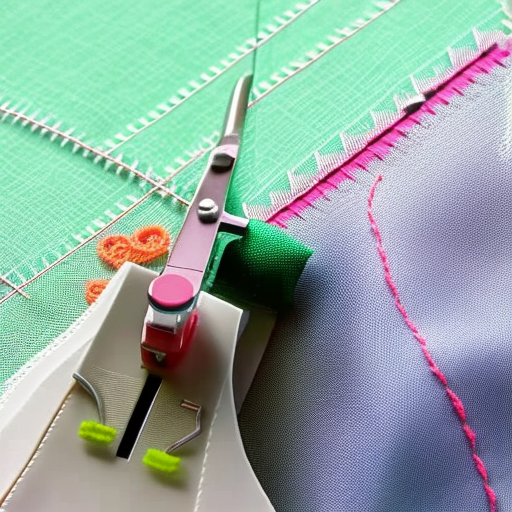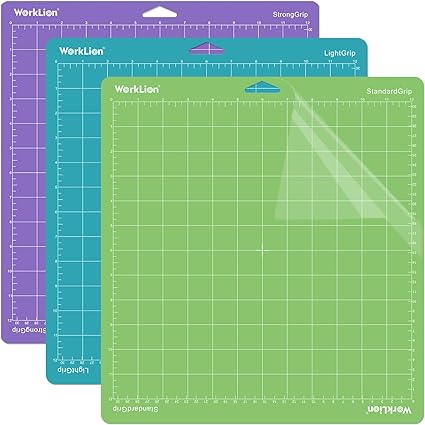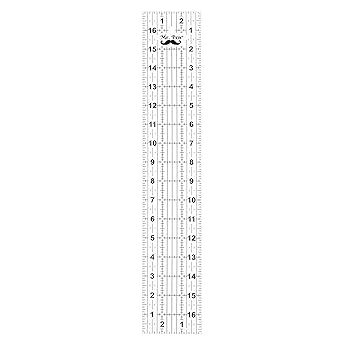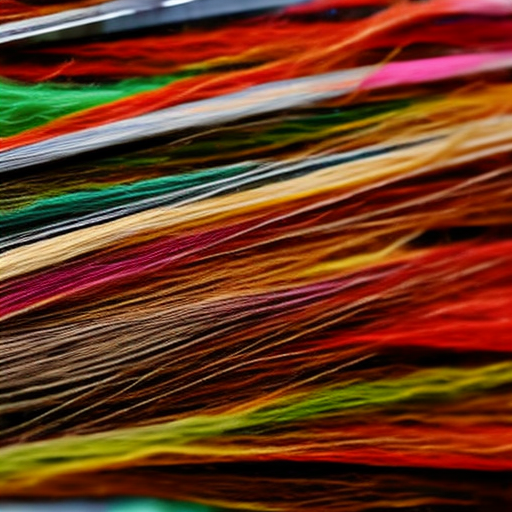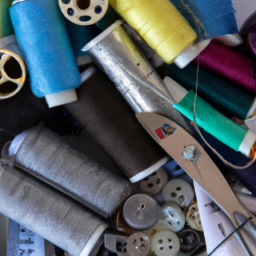Sewing techniques are the building blocks of any successful sewing project. They encompass a wide range of skills and methods that are used to join fabrics, create seams, and add finishing touches to garments and other textile items.
Whether you are a beginner or an experienced seamstress, understanding various sewing techniques is crucial in order to achieve professional-looking results. Let’s explore some common sewing techniques:
1. Straight Stitch
One of the most basic sewing techniques is the straight stitch. This stitch is created by sewing in a straight line, typically with a sewing machine. It is often used for seam construction, hemming, and topstitching.
2. Zigzag Stitch
The zigzag stitch is essential for preventing fabric edges from fraying. It involves sewing in a zigzag motion, providing more flexibility and stretch compared to the straight stitch. This stitch is commonly used for sewing knit fabrics, appliques, and finishing edges.
3. Basting Stitch
Basting stitches are temporary, long stitches used to hold fabric pieces together before permanent stitching. They can be easily removed once the final stitching is complete. Basting stitches are helpful when fitting garments or aligning fabric accurately.
4. French Seam
The French seam is a neat and professional-looking seam finish. It involves enclosing the raw fabric edges within the seam itself, creating a clean finish on both sides. French seams are commonly used in delicate fabrics or garments that require a polished appearance.
5. Hemming
Hemming is the process of finishing the raw edge of a fabric, usually found at the bottom of a garment or a sleeve. There are various hemming techniques, including blind hem, rolled hem, and hand-stitched hem, each offering a different aesthetic and level of durability.
6. Applique
Applique is the technique of sewing one fabric onto another to create decorative designs or patterns. It can be done by hand or machine and is commonly used in quilting, home decor, and embellishing garments.
7. Gathering
Gathering involves stitching multiple rows of basting stitches to create controlled folds or ruffles in fabric. This technique is useful when adding volume to garments, such as gathering a skirt onto a waistband or creating billowy sleeves.
8. Piping
Piping is a sewing technique used to add decorative trims or accents to garments and home decor items. It involves enclosing a cord or narrow strip of fabric within a fabric casing, creating a raised and structured detail.
These are just a few examples of sewing techniques that can greatly improve the quality and aesthetics of your sewing projects. Remember, practice and patience are key to mastering these skills. So, grab your sewing machine or needle and thread, and start exploring the world of sewing techniques!
Happy sewing!
